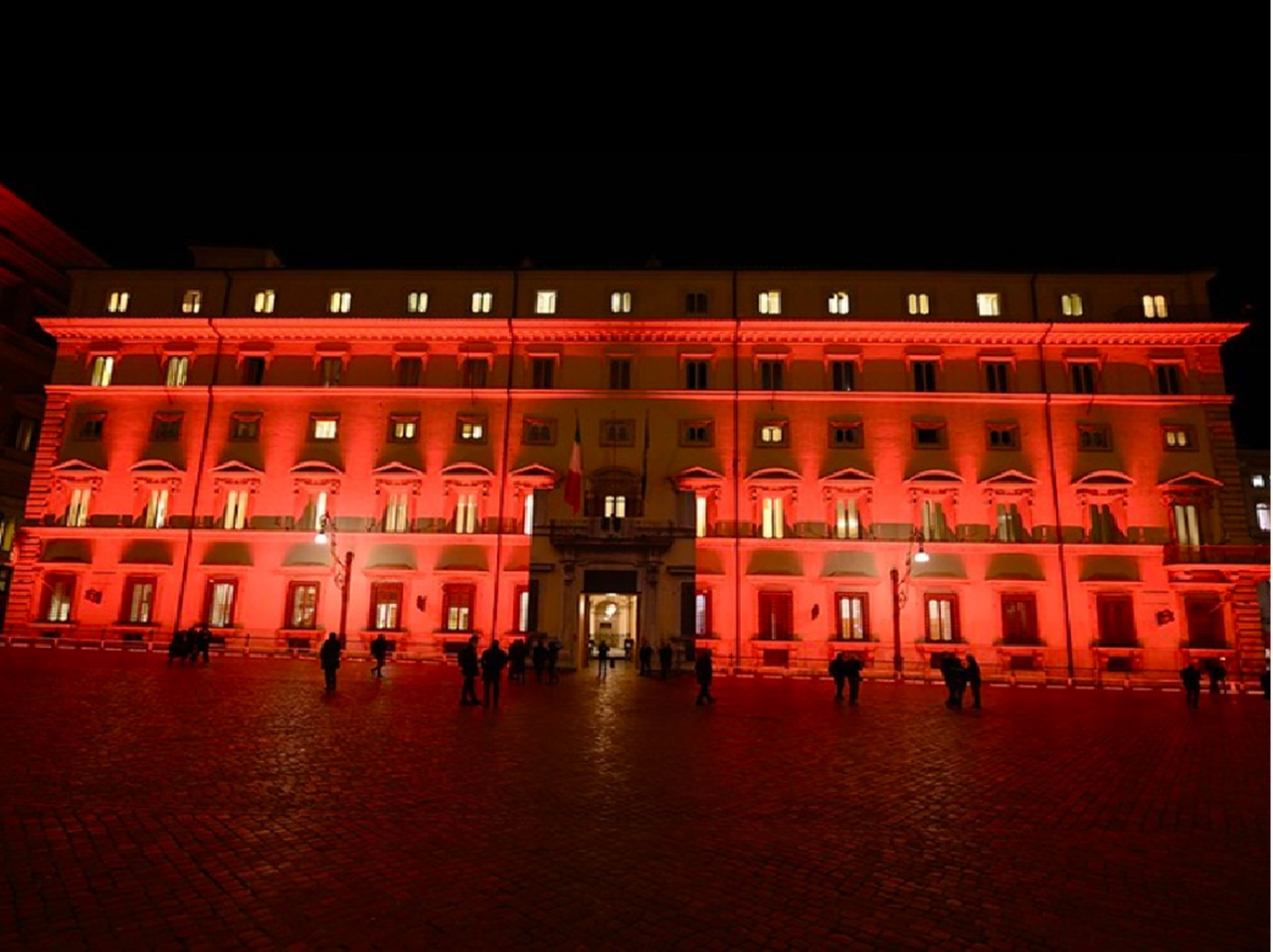Italy
The Quirinale’s progressive shadow: An entourage of DC Leftists and the ‘Anti-Meloni’ scandal 🇮🇹🏛️

The political drama surrounding Francesco Saverio Garofani, a key advisor to Italian President Sergio Mattarella, has momentarily concluded, but not without confirming an underlying tension: the Presidential Palace, the Quirinale, remains a strategic stronghold for a specific, left-leaning current of Italian political history. At the heart of the scandal is Garofani’s admitted speculation about destabilizing the current right-wing government led by Giorgia Meloni. The subsequent political maneuvering, which saw Meloni visit Mattarella to reaffirm institutional harmony, may have closed the “case,” yet it starkly illuminated the progressive political bias deeply entrenched within the President’s inner circle.
The confirmed ‘Providential Jolt’
The controversy exploded after a newspaper, La Verità, reported that Garofani, in a public, convivial setting, had voiced his hope for a “providential jolt” (uno scossone provvidenziale) to unseat Prime Minister Meloni. He allegedly suggested that finding someone to defeat the center-right might require an impactful event and the formation of a “great national civic list,” reminiscent of the old Ulivo coalition, with potential leaders like former Prime Minister Romano Prodi or former Revenue Agency Director Ernesto Maria Ruffini.
In an attempt to manage the fallout, Garofani confirmed the essence of the comments to Corriere della Sera, though he downplayed them as “just chatter among friends”. This attempted minimization, however, stood against the facts reported: the “chatter” occurred at a public charity dinner with over twenty guests.
Meloni, fresh from political tensions, held a half-hour meeting with President Mattarella, emphasizing that there was “no institutional clash” and reiterating the two offices’ “institutional harmony”. Nonetheless, sources close to the Prime Minister made it clear that she expressed her “regret over the institutionally and politically inappropriate words” uttered by his advisor, implicitly confirming the veracity and impact of the remarks.

Palazzo Chigi, Prime minister headquarters in Italy
The enduring influence of the DC Left
The political subtext is deeper than a simple gaffe by a government functionary. Garofani serves as the Secretary for Affairs of the Supreme Council of Defense (Consiglio supremo di Difesa), a sensitive position where he sits between the Prime Minister and the President. His biography – former Democratic Party (Pd) parliamentarian and ex-director of the DC-affiliated newspaper Il Popolo – places him squarely within the tradition of the Catholic-Progressive current of the former Christian Democracy (Democrazia Cristiana, DC). La Verità newpaper analyzed the presidential entourage.
This specific political lineage, known as the DC left, has maintained a persistent, often decisive, presence within Italy’s institutional machinery, even as its electoral weight declined. A deeper analysis of the Quirinale staff confirms this:
-
Simone Guerrini, Director of the President’s Secretariat, has deep roots in the DC left and was pivotal in the early career of Enrico Letta.
-
Gianfranco Astori, Advisor for Information, is another DC-era veteran who transitioned into political journalism and communication.
-
Giovanni Grasso, the President’s spokesperson, notably authored critical editorials against Silvio Berlusconi’s center-right and is described as an “institutionalist, Catholic” figure unfavorable to center-right political seasons.
-
Stefano Erbani, the magistrate advising on judicial affairs, is affiliated with Magistratura Democratica, the progressive current of judges known for its critical stance toward center-right policies.
The Quirinale, in this view, functions as the continuing institutional home for this Catholic-Progressive political class, which eventually flowed into the PD and the center-left. Garofani’s sentiments, therefore, are not an isolated misstep but a public manifestation of a deep-seated institutional mindset that views the current right-wing government as an anomaly to be corrected.
Political Normalization vs. Institutional Bias
Meloni’s swift action to meet Mattarella and mutually declare the issue “closed” served a crucial purpose: preventing the narrative from escalating into an institutional crisis, an outcome neither the Prime Minister seeking stability nor the President tasked with national unity could afford. The official statement from Meloni’s party, Fratelli d’Italia (FdI), reaffirmed “institutional harmony” and their respect for Mattarella.
However, the opposition’s, particularly the PD’s, initial efforts to leverage the issue—even attempting to turn an FdI request for clarification into an “attack” on the Presidency—demonstrated their desire to foment a conflict that didn’t materialize. The left was hoping to “capitalize on an institutional clash that never happened,” according to Libero‘s editor.
The episode highlights a fundamental characteristic of the Italian system: the President of the Republic is nominally a “neutral power” and “guarantor of the Constitution,” but in reality, is an “amphibious organ” that wields significant, albeit often subtle, political influence. When political parties are weak or fragmented, the Quirinale inevitably fills the void, acting as an “internal orderer” or a stabilizing pivot.
Garofani’s misstep thrust this reality into the spotlight. While President Mattarella has a strong, respected Atlanticist and institutionalist background, the political color of his closest staff, drawn from a distinct and often antagonistic current to the current governing majority, suggests that the progressive wing of Italian politics retains a powerful and continuously active institutional base from which it observes and possibly hopes to redirect the nation’s political trajectory. The “providential jolt” he spoke of may have been merely aspirational, but the political identity driving that aspiration is an undeniable fixture within Italy’s highest office.






